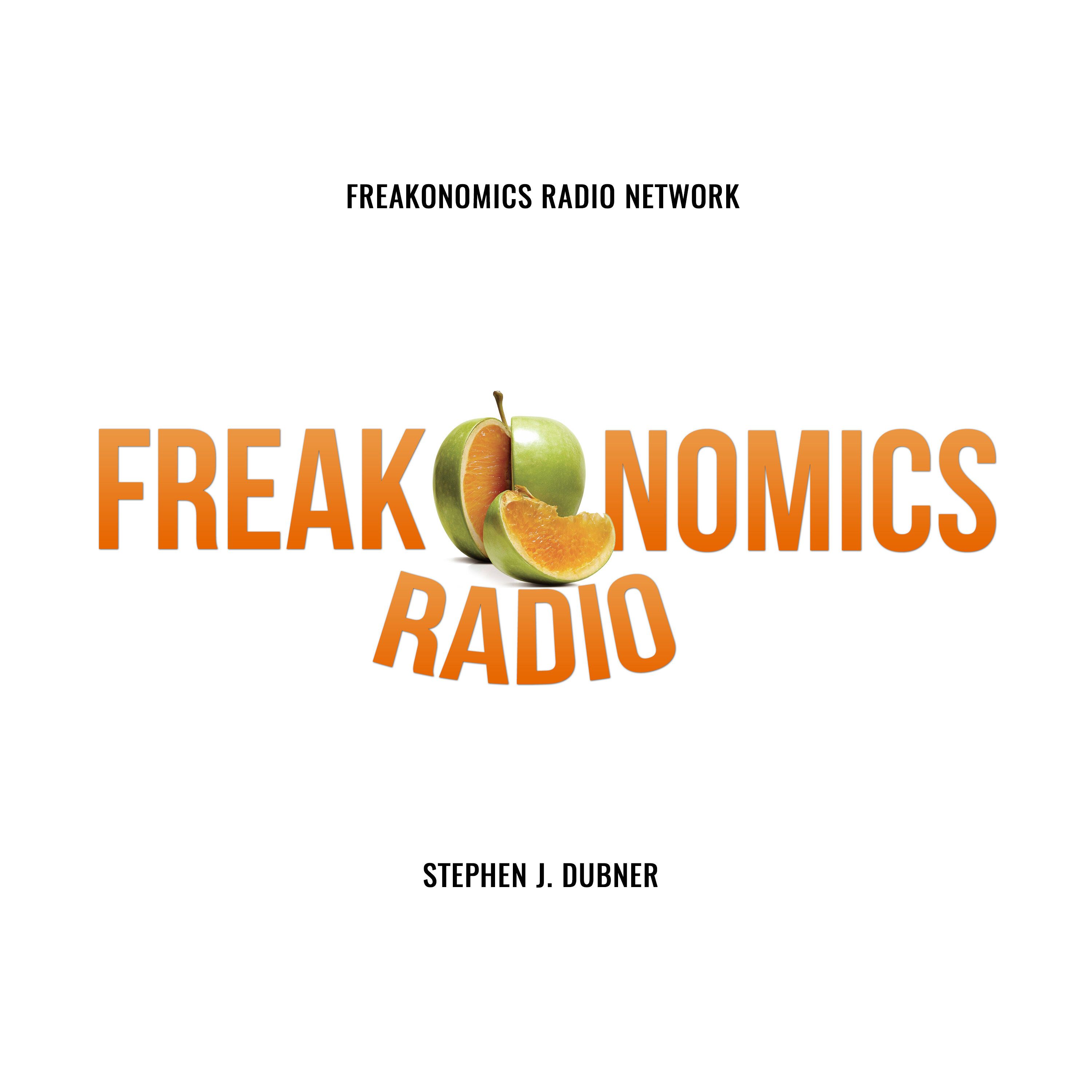
We tend to think of tragedies as a single terrible moment, rather than the result of multiple bad decisions. Can this pattern be reversed? We try — with stories about wildfires, school shootings, and love. (Part one of a four-part series.) SOURCES:Amy Edmondson, professor of leadership management at Harvard Business School.Helen Fisher, former senior research fellow at The Kinsey Institute and former chief science advisor to Match.com.Ed Galea, founding director of the Fire Safety Engineering Group at the University of Greenwich.Gary Klein, cognitive psychologist and pioneer in the field of naturalistic decision making.David Riedman, founder of the K-12 School Shooting Database.Aaron Stark, head cashier at Lowe's and keynote speaker.John Van Reenen, professor at the London School of Economics. RESOURCES:"Ethan Crumbley: Parents of Michigan school gunman sentenced to at least 10 years," by Brandon Drenon (New York Times, 2024).Right Kind of Wrong: The Science of Failing Well, by Amy Edmondson (2023)."How Fire Turned Lahaina Into a Death Trap," by Nicholas Bogel-Burroughs, Serge F. Kovaleski, Shawn Hubler, and Riley Mellen (The New York Times, 2023).The Violence Project: How to Stop a Mass Shooting Epidemic, by Jillian Peterson and James Densley (2021)."I Was Almost A School Shooter," by Aaron Stark (TEDxBoulder, 2018). EXTRAS: "Is Perfectionism Ruining Your Life?" by People I (Mostly) Admire (2023)."Why Did You Marry That Person?" by Freakonomics Radio (2022)."What Do We Really Learn From Failure?" by No Stupid Questions (2021)."How to Fail Like a Pro," by Freakonomics Radio (2019)."Failure Is Your Friend," by Freakonomics Radio (2014).
No persons identified in this episode.
No transcription available yet
Help us prioritize this episode for transcription by upvoting it.
Popular episodes get transcribed faster